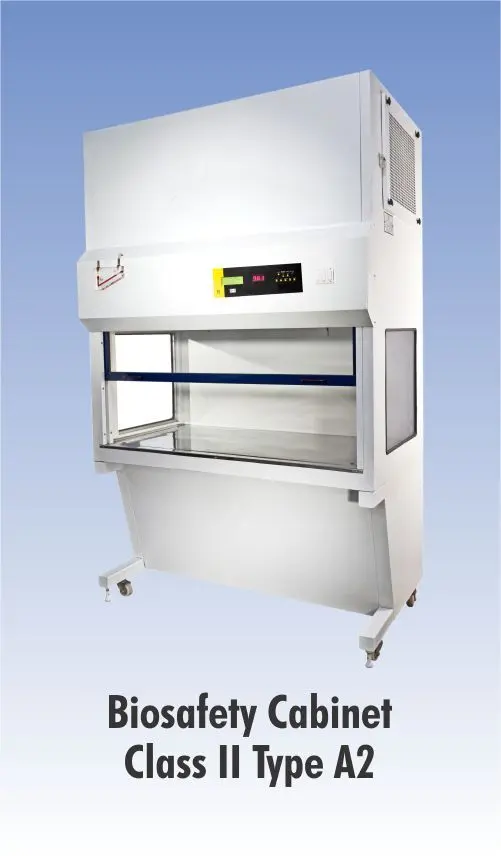Biosafety Cabinets: Protecting Users and Samples with HEPA-Filtered Air
Biosafety cabinets (BSCs) are essential laboratory equipment designed to provide a controlled and sterile work environment. They operate on the principle of high-efficiency particulate air (HEPA) filtration, creating a work area completely bathed in air that is free from particulate contamination. This ensures that both the operator and the experimental materials are protected from exposure to harmful microorganisms.
Biosafety cabinets are indispensable when handling potentially infectious or biohazardous agents, including bacteria, viruses, and other pathogenic materials. The airflow design prevents contamination from escaping the cabinet, while also protecting samples from environmental pollutants. They are widely used in microbiology laboratories, molecular biology research, pharmaceutical production, and clinical diagnostic labs, where maintaining sterility and safety is critical.
Depending on the level of containment required, BSCs are classified into Class I, II, and III, each providing varying degrees of protection for personnel, products, and the environment. Modern cabinets often include features such as UV sterilization, airflow alarms, and ergonomic design to enhance safety and operational efficiency.
By combining HEPA filtration, controlled airflow, and containment technology, biosafety cabinets are a cornerstone of laboratory safety, ensuring that researchers can handle hazardous biological materials without risk to themselves or the environment.
